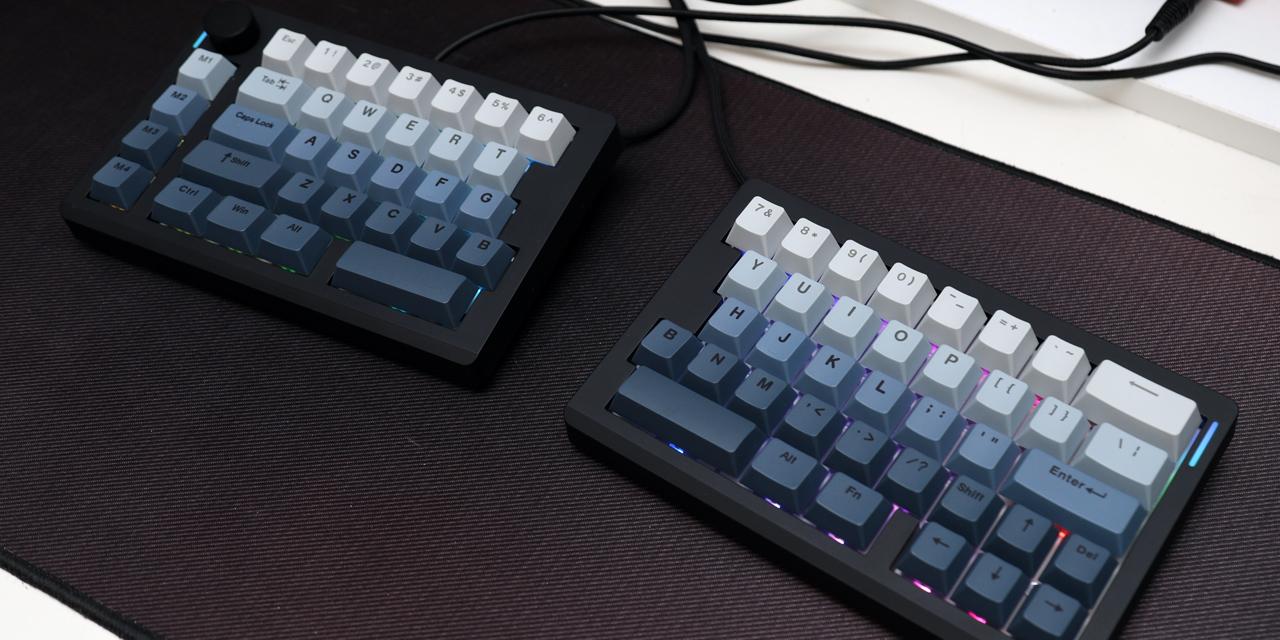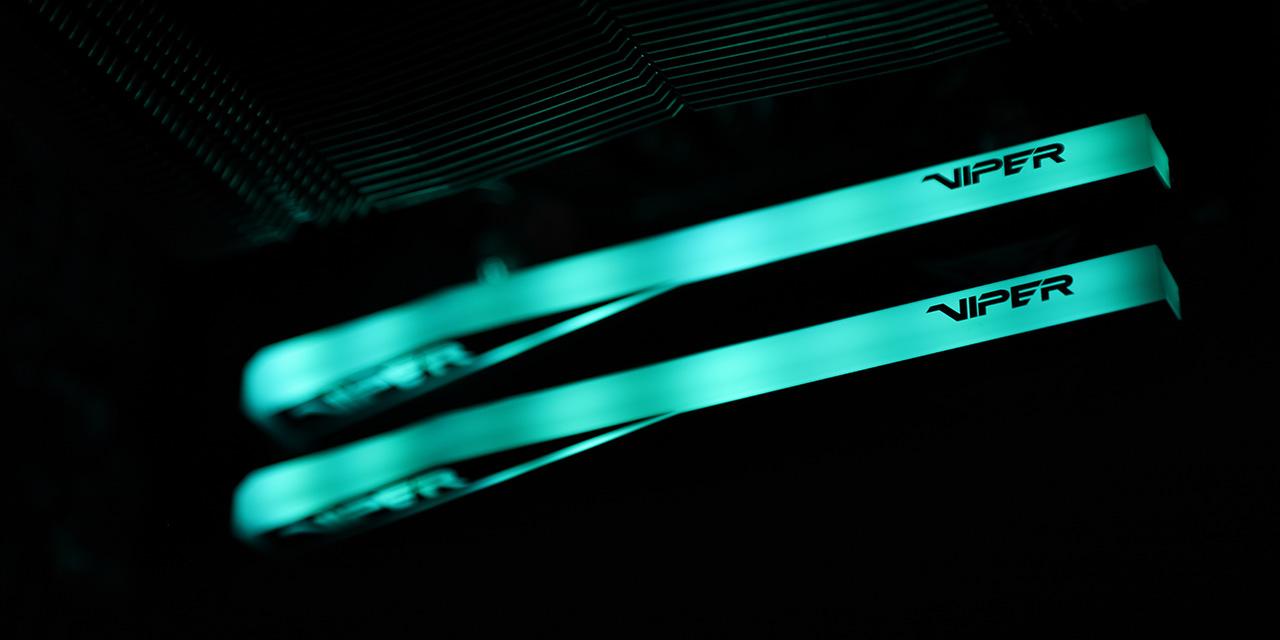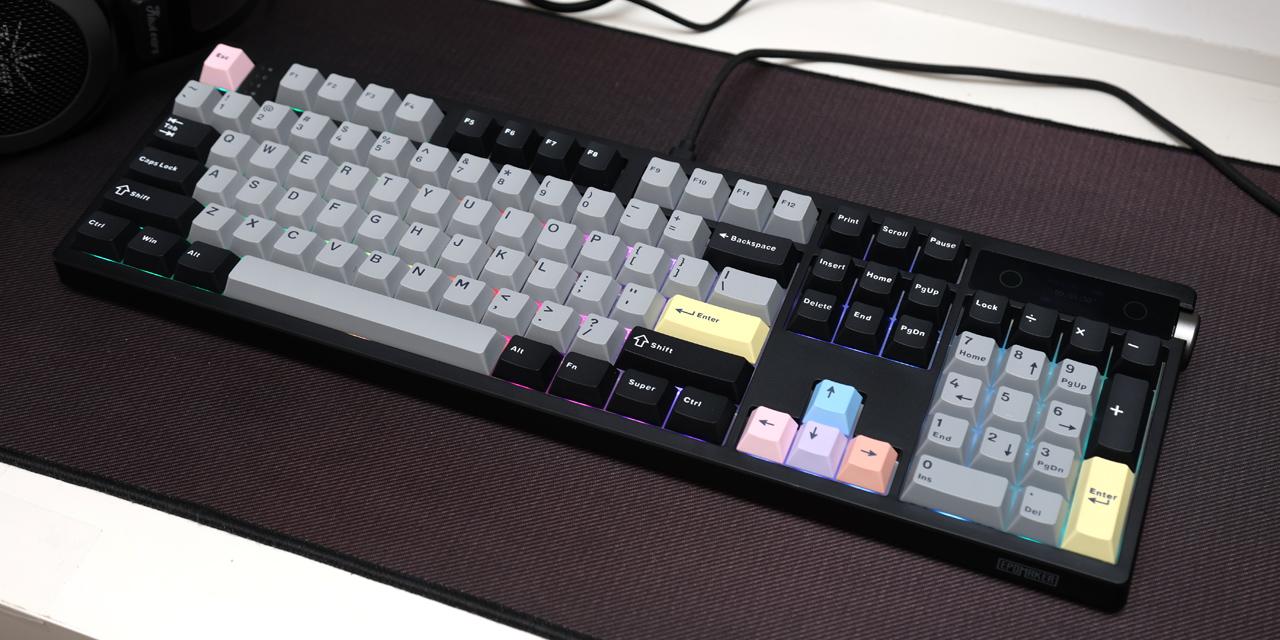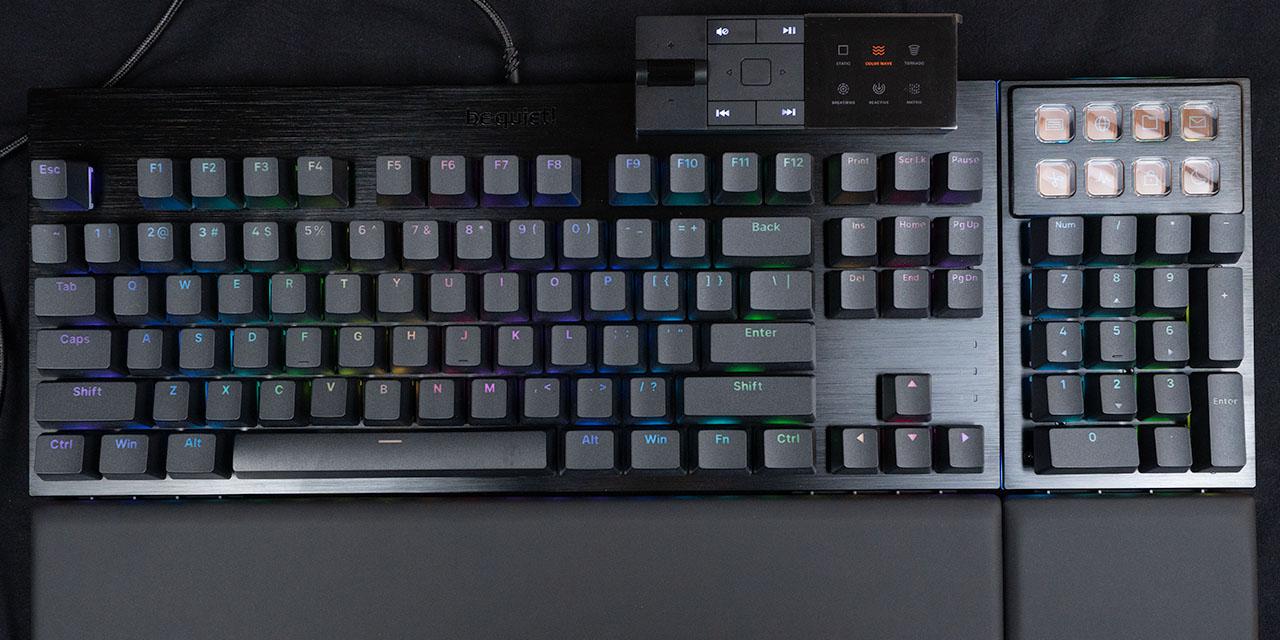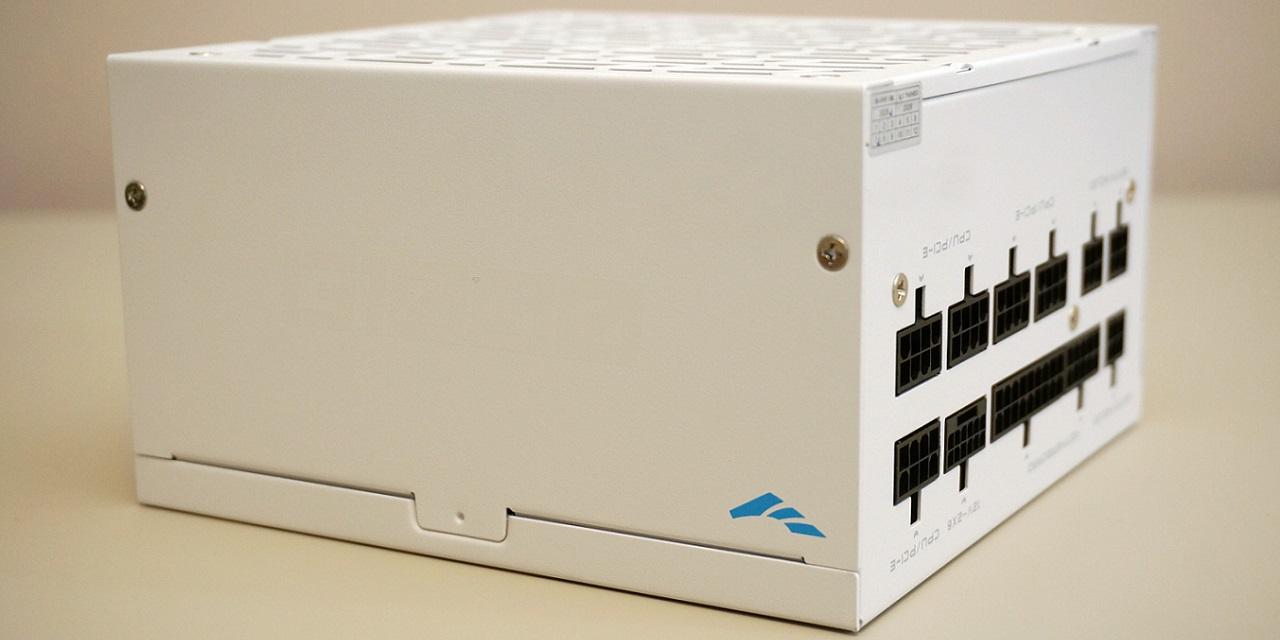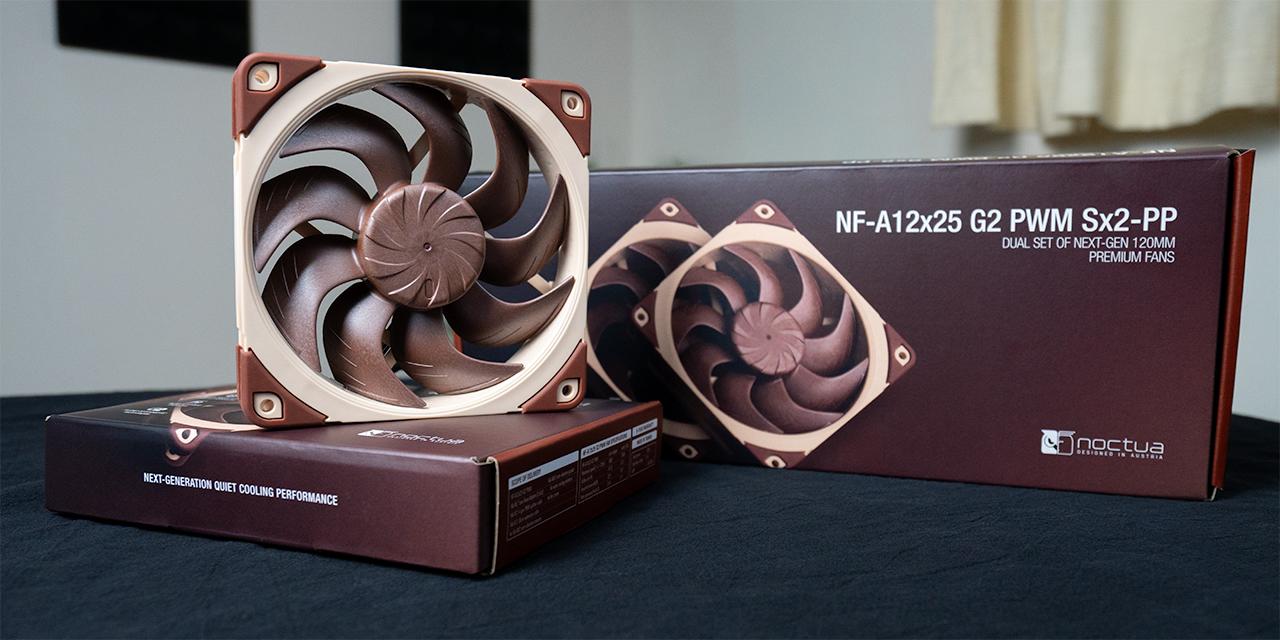Page 2 - Physical Look - Hardware

The Kiwi Ears Aventus is intended to be a Bluetooth headset for both DJs and gamers, and the pairing is not the most common. In its design, the DJ elements are obvious with the rotating cup and slightly overbuilt design. The plastic cups are bulky, which look like headphones from traditional manufacturers like Shure and Audio-Technica. Its full black exterior is not surprising for a less attention-grabbing look. Kiwi Ears' logo is on each side of the ears and are translucent to let the backlighting glow through. Otherwise, the Aventus looks chunky and generic with nothing to really make it differentiate it from other headphones.
In terms of construction, the Kiwi Ears Aventus is primarily made of plastic. The ear cups and the padding on the headphones have a vegan leather exterior. The plastic structure makes the Aventus feel a bit cheap, although this is not aided by its chunky design. An internal reinforced steel band adds to the structural integrity of the headphones, providing some durability. Even so, there were some squeaks and noises when I moved the headphones or stretched them open. In terms of dimensions, the Aventus measures 229mm in height, 187mm in width, and 96mm in depth at the largest dimensions when fully expanded. They also tip the scales at 350g, which is quite hefty.

At the top, we can take a closer look at the headband of the Kiwi Ears Aventus. When you extend the ears, the arms reveal an internal steel band to reinforce the overall structural integrity. The extension movement is subtly notched, so you will just feel and hear each step. It would have been nice to see visual lines to help users see how far they have extended their ears. At the very top, we have a bit of foam padding between the headband and the vegan leather wrapping the area. This padding is sufficient and should keep your headphones comfortably resting on your head.

The ears of the Kiwi Ears Aventus have cups covered in the same vegan leather with a good amount of foam underneath to help with comfort. These are over-ear headphones, so the ear cups sit around your ears rather than pressing on them. The ear cups are easily removed, as they sit on a plastic frame that can be twisted off. Personally, I found the vegan leather to get warm quickly after a while, and held on to my perspiration after extended use. The cups indicate left and right on the mesh fabric inside. There are also raised L and R indicators in Braille on the respective sides, so users can quickly identify the orientation. Under the cups, you can swap out the foam for a denser one included out of the box. According to Kiwi Ears, this will damp the bass response and high trebles.
Underneath the ear cups, we have a pair of drivers in the form of one 40mm dynamic driver and an additional 10mm one. According to Kiwi Ears, this is a coaxial driver setup to provide full bandwidth, better clarity, and an overall wider soundstage. We will verify these claims later in our listening tests. Otherwise, the Aventus has a frequency response of 20Hz to 40kHz, impedance of 16Ω, and sensitivity of 102dB. The ears swivel and fold inward to reduce the Aventus' footprint when traveling with them.
In terms of overall comfort, I found the Kiwi Ears Aventus to be a mixed experience. On one hand, its comfort is found in the plush ear cups and headband, which keeps everything nicely in place. The clamping force on the headphones is adequate, as I was not able to shake the Kiwi Ears Aventus off my head. On the other hand, I personally am not the biggest fan of leather or its synthetic alternatives, as they are less breathable. This is because the material is intended to create a better seal for sound isolation and lower leakage. After longer listening periods, I found myself fidgeting and adjusting the Aventus on my head to allow some air to pass through. This comfort experience is further worsened by the weight. Even if it is distributed well around the user's head, it is still heavier than many modern headphones.

All Kiwi Ears Aventus' controls can be found on the bottom of the ears. On the left ear, there are three buttons for volume controls around a multipurpose button. This middle button has a notch on it to help users differentiate the buttons by touch. This multi-function button lets you power on and off the Aventus with long presses, and toggle Play/Pause with single presses. You can pick up or hang up phone calls with this button. Double pressing it will also activate the connected device's voice assistant. A 3.5mm audio jack is also found on the left side, so you can connect the Kiwi Ears Aventus with the included cables, as you will see shortly. On the right side, we have two more buttons. One is marked with a light bulb to cycle through some RGB LED lighting modes. When they say "RGB", they really do mean those three colors, as pressing it will illuminate the Kiwi Ears logo with static red, green, and blue colors. Pressing it again will cycle this between RGB and their counterpart cyan, magenta, and yellow colors.
Finally, one more button is marked "ANC", which cycles through activating active noise cancellation, transparency mode, and turning both off. Double-clicking it will toggle the headphones between normal and music mode. A voiceover will speak for each mode change, while a white LED light nearby will turn on when either ANC or transparency is active. There are five microphones around the headphones to reduce external noises by up to 35dB. This works in both wireless and wired modes. With ANC turned off, the rated battery life is a lengthy 82 hours, while it is reduced to 45 hours with ANC active. This is further reduced to 18 hours when the LED lights are also turned on. This difference is shocking, and it makes me wonder why they even included the lights in the first place. Internally, a 1000mAh lithium polymer battery keeps everything powered. Actual battery performance will be tested in our upcoming tests on the next page. Charging the headphones to full capacity takes approximately 2.5 hours via the USB Type-C port. A quick 10-minute charge can also provide up to 4 hours of playtime according to the manufacturer.
For most users, they will use the Kiwi Ears Aventus over Bluetooth. It supports Bluetooth v5.4, with codecs including SBC and AAC. SBC, or Subband Coding, is the default Bluetooth audio codec known for its good audio quality and low processing power requirements. For Apple users, Aventus also supports AAC, which communicates at about 250kbps from the source. AAC is widely supported by many modern Android devices as well. Unfortunately, the Aventus does not support Sony's LDAC or Qualcomm's aptX codecs.

The hard-shell carrying case of the Kiwi Ears Aventus is quite impressive. It is molded to fit the headphones when they are folded up. Inside the dark gray carrying case is a black interior with two pockets to hold all the cables. Speaking of which, Kiwi Ears includes three different ones. One is a USB Type-C to Type-A cable for charging the Aventus. This is around 26cm long. The next two are a pair of audio cables, with one terminating in a standard 3.5mm audio jack and the other terminating in a USB Type-C end. As many mobile devices do not have headphone jacks anymore, it is nice to see a cable that supports a direct connection to a USB Type-C connection rather than needing an adapter. These cables have a coiled section, which means they can be stretched further when needed. Without any stretch to the coiled section, these cables measure 1.2m long.
Page Index
1. Introduction, Packaging, Specifications
2. Physical Look - Hardware
3. Subjective Audio Analysis
4. Conclusion
